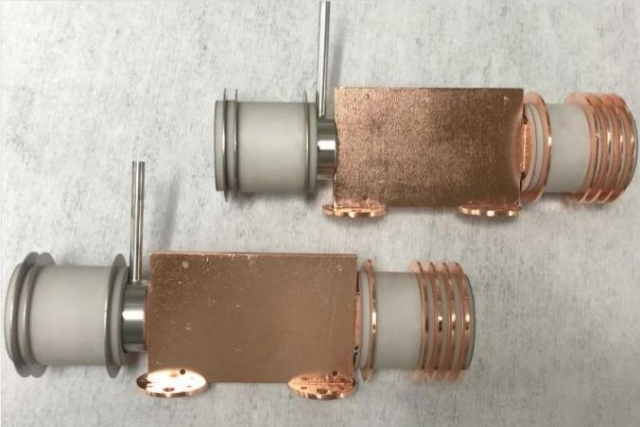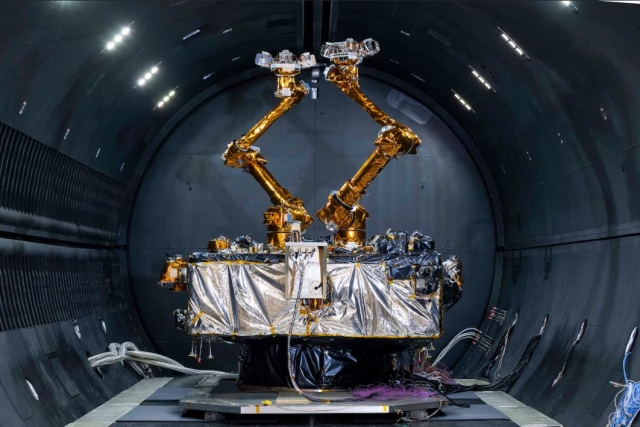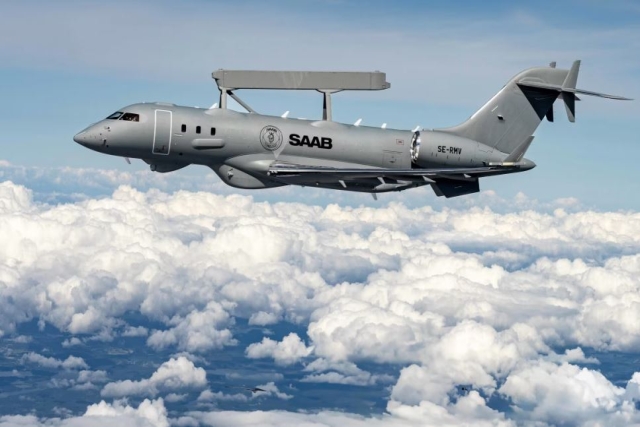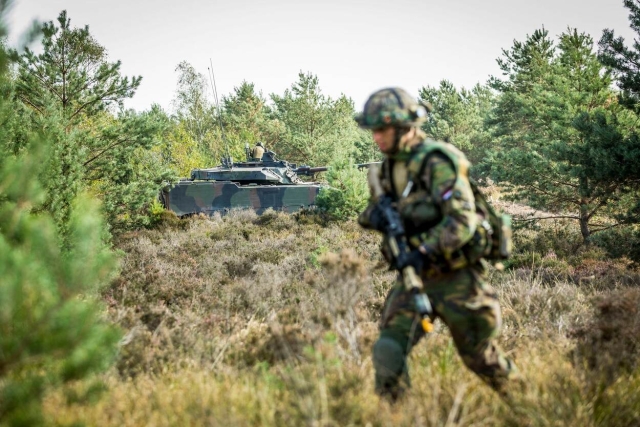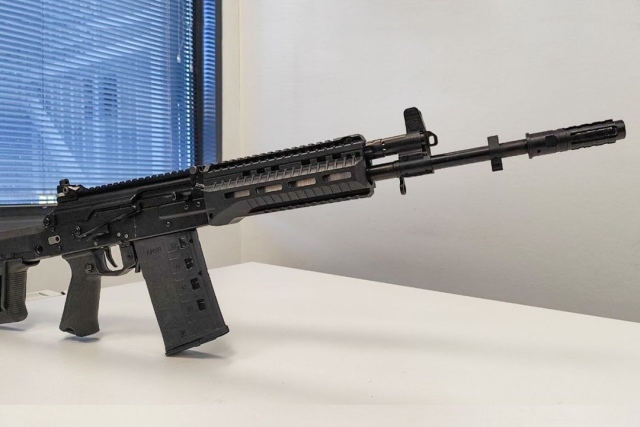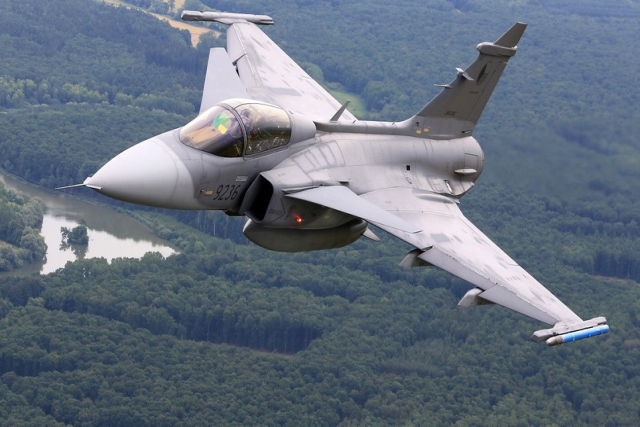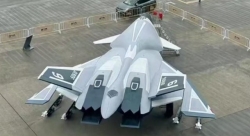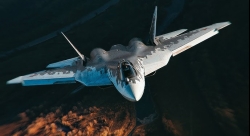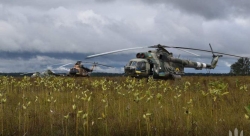DARPA to Begin Flight Tests of Five Next-Generation VTOL Drones Under 150 kg
EVADE program accelerates rapid development of lightweight autonomous UAS for frontline deployment across U.S. military units
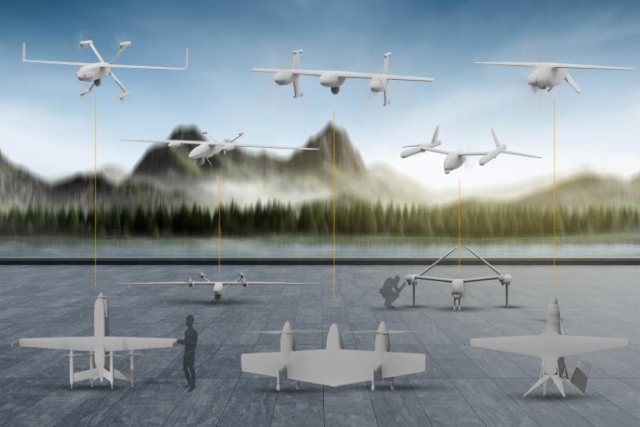
DARPA will begin flight testing five lightweight vertical take-off and landing (VTOL) unmanned aerial systems (UAS) later this month as part of the Early VTOL Aircraft Demonstration (EVADE) initiative, which is designed to accelerate delivery of advanced drone capabilities to frontline U.S. military forces.
Each drone weighs less than 330 pounds (150 kg) and is intended to demonstrate a range of mission capabilities, including intelligence gathering, logistics, communications relay, synthetic aperture radar, and weapons delivery. DARPA says the focus of EVADE is speed—getting aircraft airborne quickly to identify issues and improve designs.
The EVADE effort is a fast-tracked component of DARPA’s broader AdvaNced airCraft Infrastructure-Less Launch And RecoverY (ANCILLARY) program. Originally slated to begin testing in late 2026, EVADE pushes that timeline forward by over a year. It also delays certain requirements—like operation in high sea states or strict aircraft size limits—to focus on early real-world performance.
To speed up testing and reduce cost, all five aircraft in the program use Sikorsky’s MATRIX autonomy algorithms developed through DARPA’s ALIAS program. These handle full flight control, from takeoff to landing, and reduce pilot workload during long transits.
Each platform is also equipped with the Battle Management System developed by the Naval Surface Warfare Center Dahlgren Division, which links directly to the Tactical Assault Kit (TAK) used by military personnel, eliminating the need for dedicated ground control stations.
The five designs—developed by AeroVironment, Griffon Aerospace, Karem Aircraft, Method Aeronautics, and Sikorsky—will demonstrate a broad range of operational roles, with all meeting the threshold of 12 hours of endurance at 100 nautical miles while carrying a 60-pound (27.22 kg) payload.
The drones vary in performance traits such as speed, cruise altitude, payload integration, and VTOL control mechanisms, allowing DARPA to test multiple trade-offs across design and mission execution.
The ANCILLARY team is working on certification alongside aircraft development to ensure that approved designs can enter rapid production within the next budget year.
The EVADE drones fall under a 330-pound takeoff weight threshold—important due to evolving Department of Defense policies. Currently, drones over 55 pounds typically require operation by certified pilots within aviation units. However, under ANCILLARY, aircraft in the 55 to 330-pound range can now be fielded by non-aviation units on a case-by-case basis, with further policy reforms under review.
“ANCILLARY fills a critical gap,” DARPA Program Manager Phillip Smith said. “It brings the capabilities of much larger Group 4 or 5 drones to smaller units—Army, Marines, special forces, even ship-based teams—without requiring infrastructure or dedicated operators.”
The program’s development model allows for quick iterative upgrades, or “spiral development.” DARPA plans to improve features such as weather hardening, sea-state landing capability, engine performance, and further integration of autonomous technologies.
DARPA expects to transfer the aircraft and associated technologies to U.S. military services by the end of 2025, pending successful summer flight tests.

